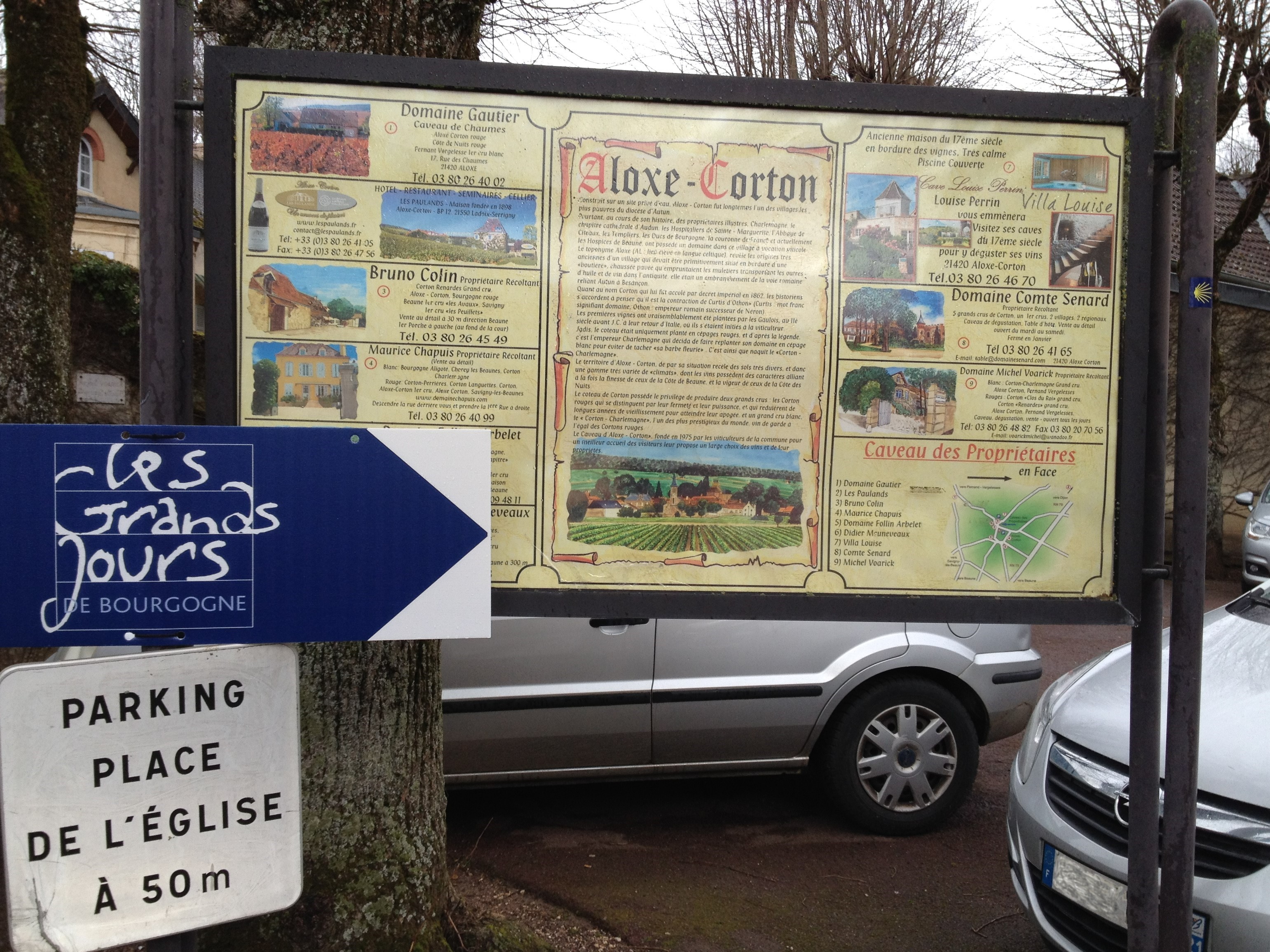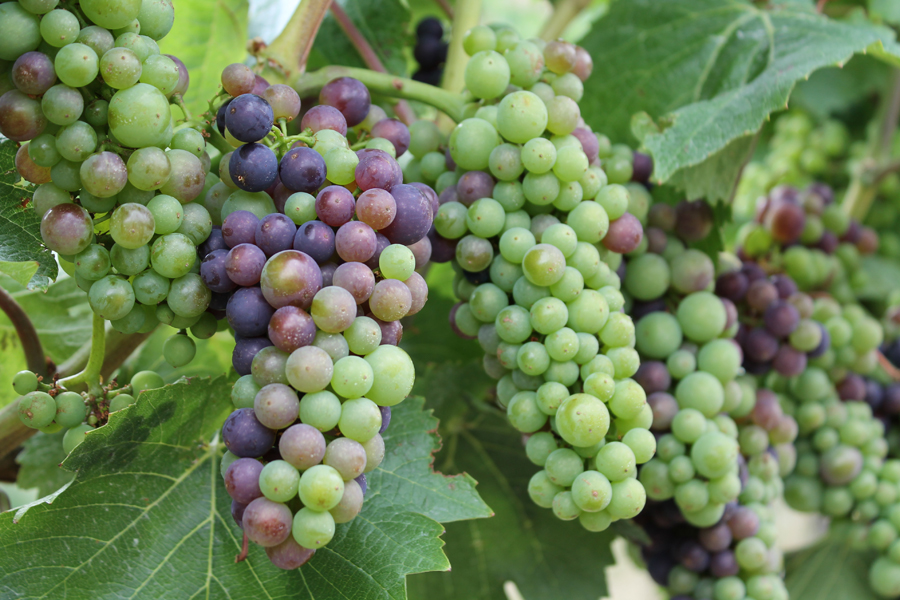Bourgogne wine year 2021
Deceuninck Patrick, Columniste
20 02 2022

Photo : Les Grands Jours de Bourgogne
© DEC
Wine is a product of nature. Every year, a new story is written. The players are: the terroir (both geological and biological); the climatic conditions (sun, rain, wind, temperature, microclimate); and the winegrower (with his own philosophy). Furthermore, in Burgundy, everything depends on one type of grape (Pinot Noir grape for reds and Chardonnay grape for whites). You can immediately see that this is a real challenge for the winemaker to fully express the terroir each time. As always, the knowledge and work in the cellar will determine the final result.
Burgundy seems to be the complete opposite of Bordeaux in just about everything. A little chateau in Bordeaux is bigger than a cru in Burgundy. In terms of management, a Bordelais has it a lot easier than a Bourguignon. In Bordeaux, you can play with the assembly. Possible weaknesses can be corrected with a little more Merlot or a little more Cabernet.
Every two years, wine professionals traditionally look forward to the presentation of the new vintage in Burgundy. In 2020, the prestigious internationally organised wine event was cancelled. Finally, the 15th edition, "Les Grands Jours de Bourgogne", will take place again in the heart of the terroirs from 21-25 March 2022. Exceptionally, an adapted version, "Les Grands Jours en Caves", was held in 2021. The 2022 edition of the Grands Jours de Bourgogne will be preceded by the Saint-Vincent Tournante de Bourgogne in Corpeau, Puligny-Montrachet and Blagny (on 19 and 20 March). March is a truly effervescent month for the Burgundy region with professional visitors from all over the world: 12 tasting sites, with around 1,000 wine growers and traders, and at least 6,000 Burgundy wines.
Vineyard 2020
When the lockdown began in mid-March 2020, the weather was beautiful in France. It lasted until mid-September. The vines took advantage of this to get a 3-week head start on budding. They were able to keep up their advance until harvest, which began on 12 August in the Mâconnais. One might think that the global sanitary crisis was not affecting viticulture.
Vinification was easy, thanks to the extremely healthy condition of the grapes. There was practically no disease or rot due to the absence of rain. Sorting tables were only used to pick out a few scorched grapes. Wine professionals were enthusiastic about the first tastings: the special conditions of this vintage have created unprecedented and unique balances. There is a subtle richness, of course, but at the same time a pleasant tension, especially for the reds. Many are already anticipating 2020 as a vintage that will mature exceptionally well, both for white and red wines. To be confirmed after barrel ageing.
Wine year 2021, the vagaries of the climate, low volumes.
When the first growth and budding were underway, Burgundy was hit particularly hard by the April frosts. Those freezing nights were devastating for the vines. The frost was followed by hail in June, which devastated some plots. Rain in July and August also caused rot and mildew. The entire wine-growing season, up to the harvest in September, was marked by some brutal weather changes. Winegrowers had to be extremely responsive and attentive. The only moment of calm came with flowering, which was ideal for fruit formation, and the phase when the green grapes acquire their colour ("veraison"), which was accompanied by sunshine from mid-August.
 There was damage throughout Burgundy, but the situation is very complex. Some plots were spared while the neighbours were affected. Sometimes you could see big differences between the rows of vines. The total volumes could be lower than the small 2016 vintage. The red wines of the Côte de Nuits and the Hautes Côtes seem to be the least affected.
There was damage throughout Burgundy, but the situation is very complex. Some plots were spared while the neighbours were affected. Sometimes you could see big differences between the rows of vines. The total volumes could be lower than the small 2016 vintage. The red wines of the Côte de Nuits and the Hautes Côtes seem to be the least affected.
Losses for the entire region may be between 30 and 50 %. It varies enormously; for the white wine of the Côte de Beaune, losses are estimated between 70 and 80%. In Puilly-Fuissé, there are wine growers with 95% losses.
The 2021 harvest was a challenge right up to the last day. Winemakers had to check the alcoholic phenolic ripeness of the grapes daily, taking into account the weather in order to harvest at the desired ripeness.
In the end, hard work was rewarded with success, low volumes aside. "Small is beautiful!" Hopefully the 2022 vintage will be easier.
The ripening of the grape.
Grapes consist mainly of sugars, acids, water and phenols. The phenols provide the flavour in the wine.
In the vegetative cycle of the vine, the "veraison" indicates the stage of the beginning of the ripening of the grapes.
The maturity of the grape determines the balance between physiological (alcoholic) and phenolic (tannins / aromas) maturity.
Physiological ripeness:.
Physiological ripeness is reached when the grapes reach a sufficient sugar content without losing too much acidity. This type of ripeness thus comprises two quality factors: sugar content and acidity.
Acid content
While the sugar content increases during ripening, the acid content decreases. Grapes contain mainly tartaric and malic acid. The malic acid is broken down while the level of tartaric acid remains more or less the same. It is therefore important to have enough sugars with sufficient acidity. After all, too low an acidity level will produce flat wines with few aromas. The acidity level largely depends on the season and differs per grape variety.
Phenolic ripeness:.
This is the ripeness of the phenols, namely the anthocyanins (colorants) and tannins in the grape. The composition of the phenolic compounds evolves as the grape ripens. A phenolic unripe grape still has a lot of drying and bitter tannins. In a ripe grape, the tannins are less bitter and less drying on the palate.
Ideally, the phenolic ripeness of the grape coincides with its alcoholic ripeness.
Tagged with: France, Bourgogne, Vegetatieve cyclus, Oogst, Wijnjaar.
TRANSTREE
CONTACT
If you want to contact us, you can do so: send your report, question or idea about the content of both text and displayed content on this site Transtree to
Via e-mail: info@transtree.be